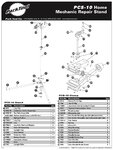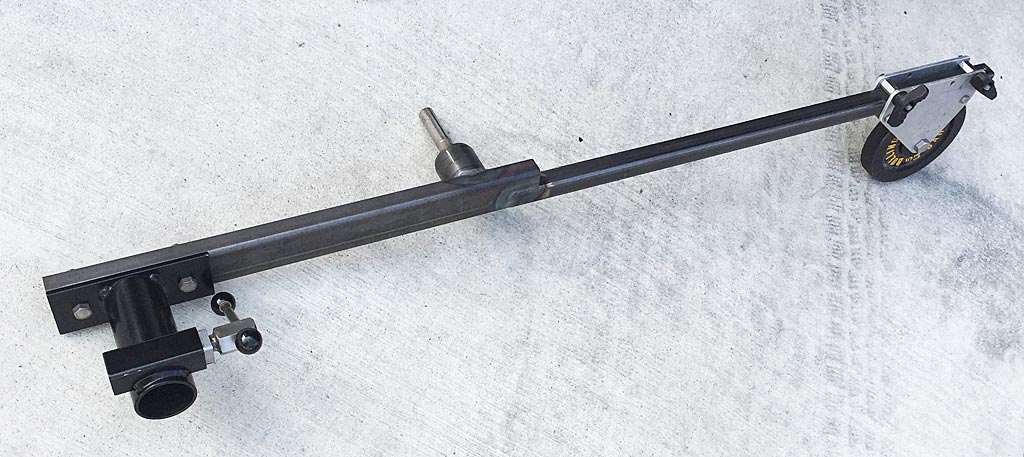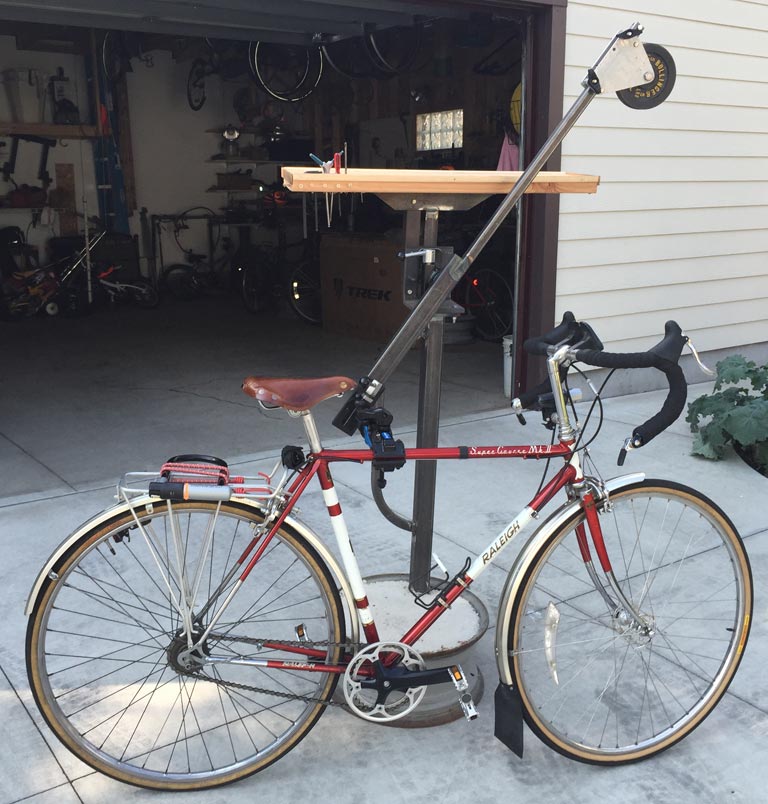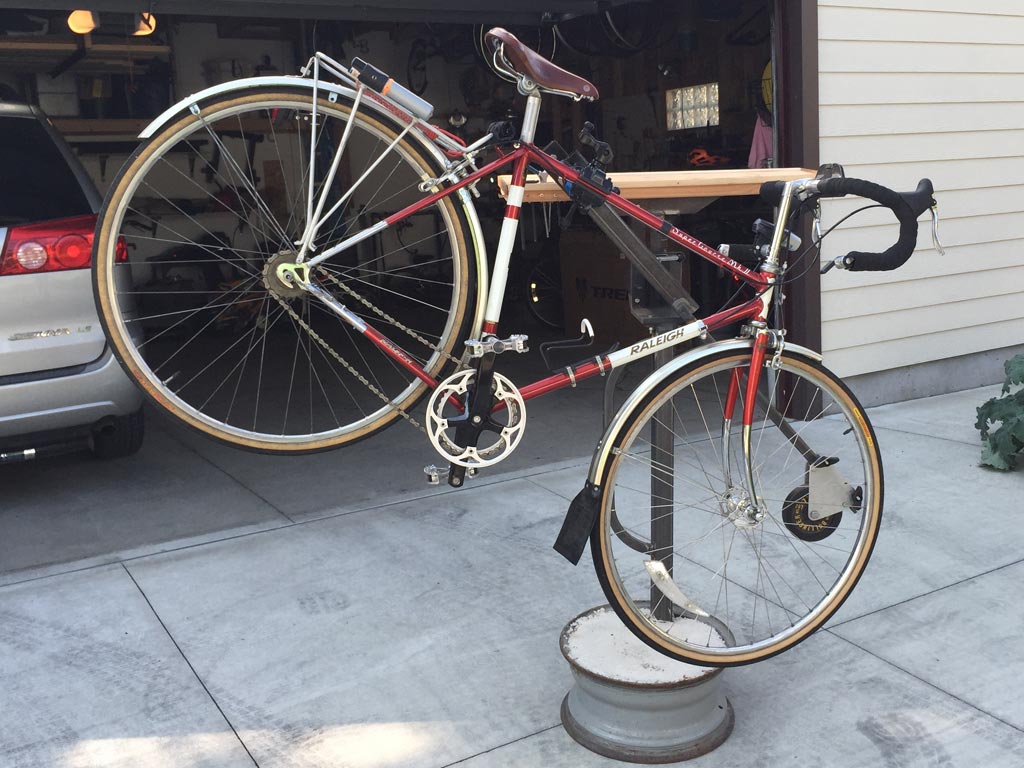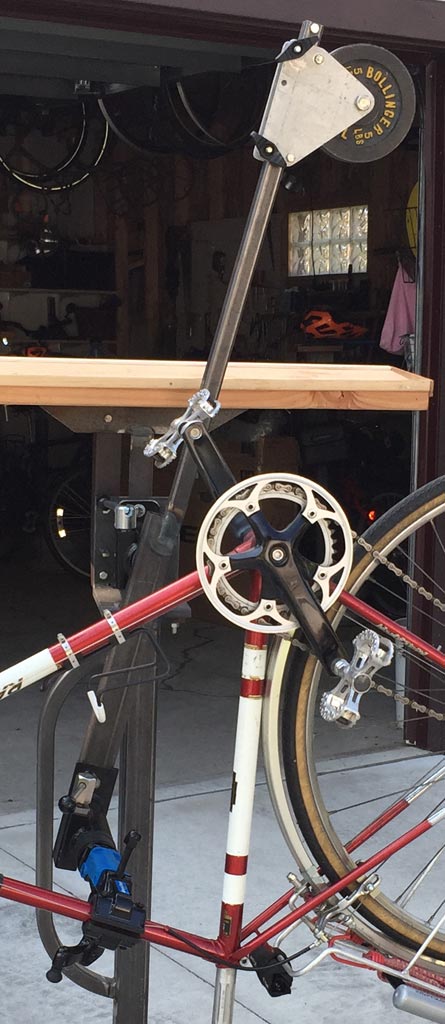Mark Stonich
New Member
I just picked up a Wheel for my 70 y/o wife, and found this forum while it charges. We had test ridden the wheel in her own bike and decided that it's what she needs. She needs short cranks so the Demo bike at Perennial Cycle here in Mpls MN didn't work for her. Paid $1500 but only had to wait a week for it.
Small price to pay for not having to decide between getting a good workout or riding with my sweetie. We've been biking together for 50 years. But her knees are a bit wonky and she's on the heavy side. So her climbing has suffered. At my age 13-15mph is a workout, so Eco mode lets her keep up, except for larger hills.
First project will be to build a cradle to hold the Wheel vertical. Because it's easier to put the bike down onto the Wheel than the Wheel up into the bike. This is needed because she will use it in 2 bikes and I may borrow it occasionally. When her shoulder is acting up she needs to ride the recumbent I built her, which is harder on her knees. Hopefully the Wheel will solve that issue.
With it's fat tubes and bright red paint, her Cannondale looks like it was made for the Copenhagen Wheel.
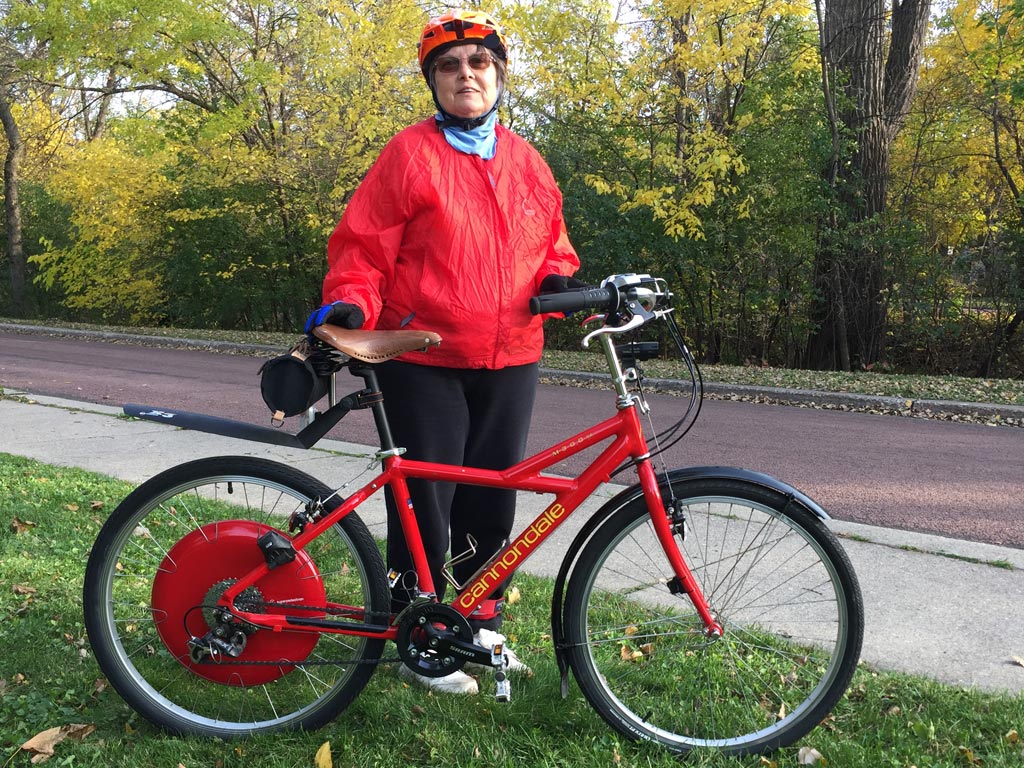
Small price to pay for not having to decide between getting a good workout or riding with my sweetie. We've been biking together for 50 years. But her knees are a bit wonky and she's on the heavy side. So her climbing has suffered. At my age 13-15mph is a workout, so Eco mode lets her keep up, except for larger hills.
First project will be to build a cradle to hold the Wheel vertical. Because it's easier to put the bike down onto the Wheel than the Wheel up into the bike. This is needed because she will use it in 2 bikes and I may borrow it occasionally. When her shoulder is acting up she needs to ride the recumbent I built her, which is harder on her knees. Hopefully the Wheel will solve that issue.
With it's fat tubes and bright red paint, her Cannondale looks like it was made for the Copenhagen Wheel.

